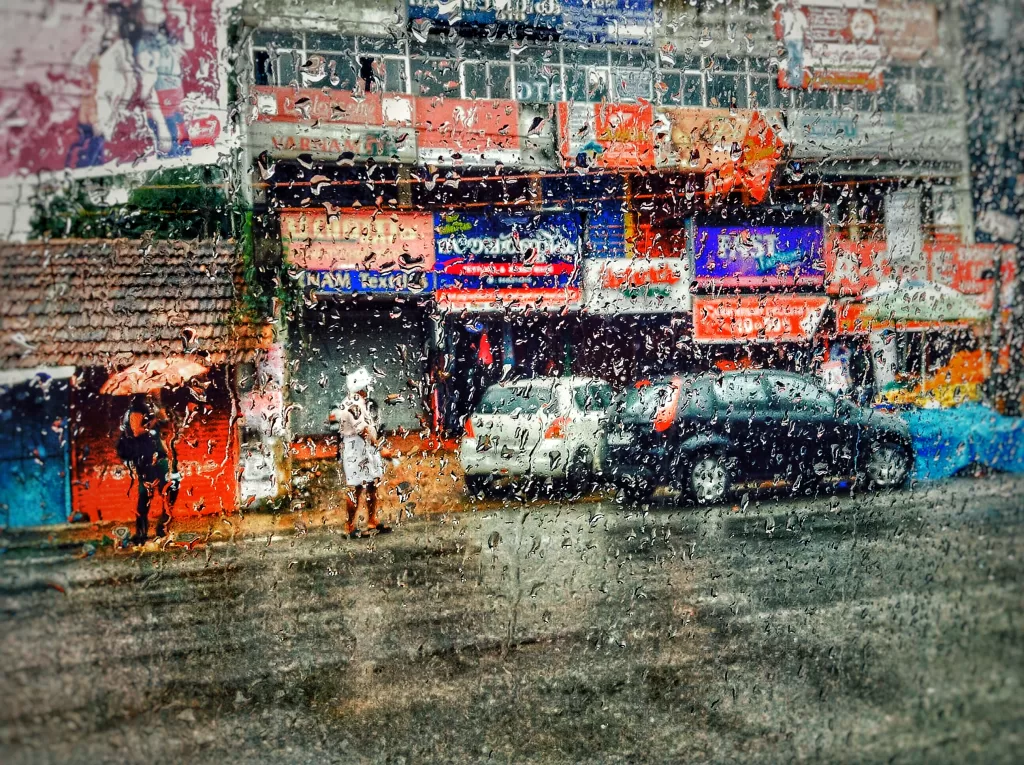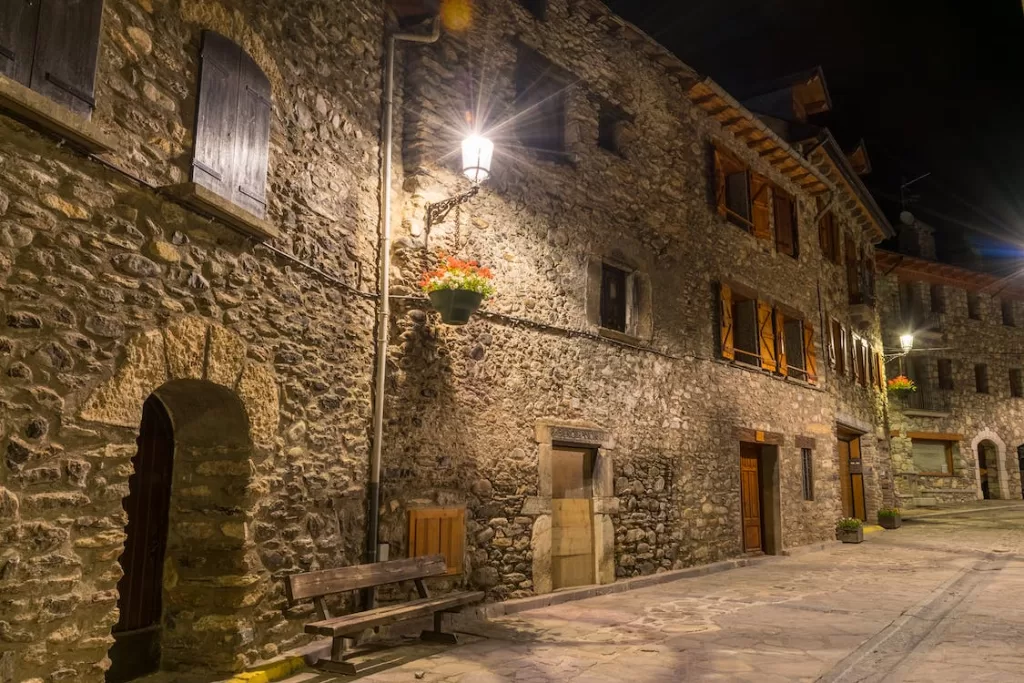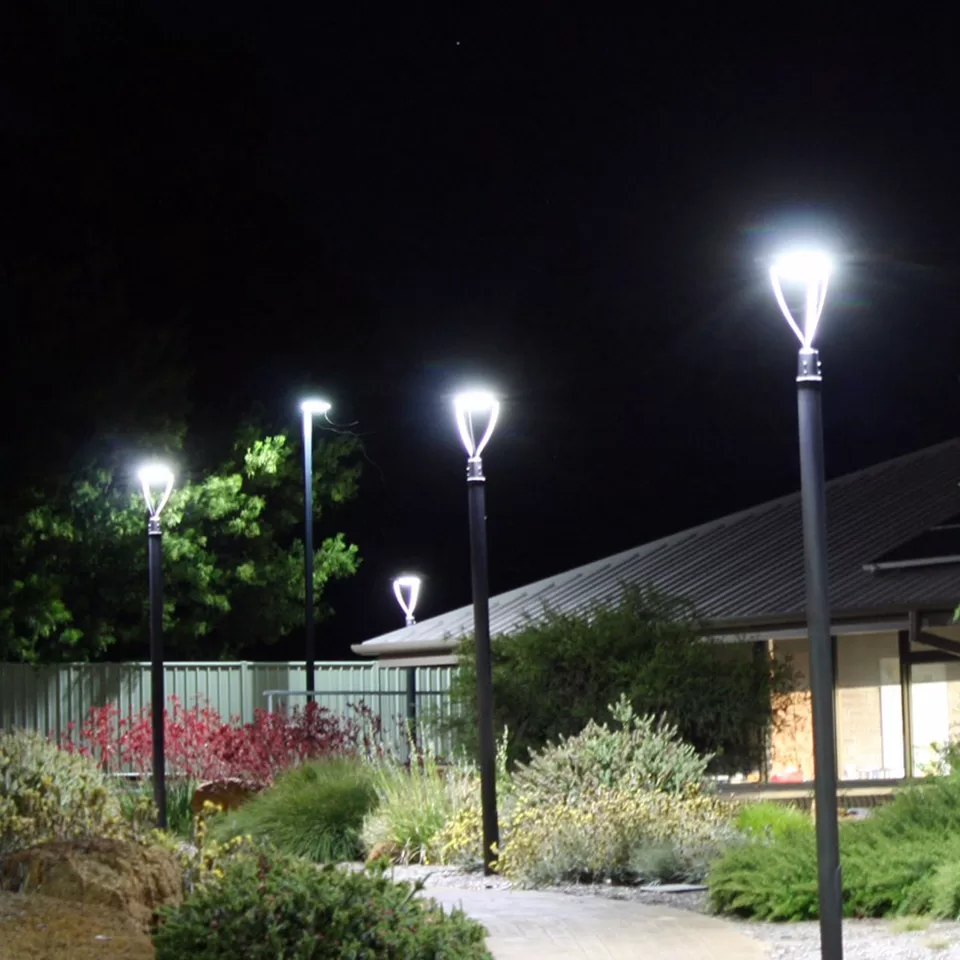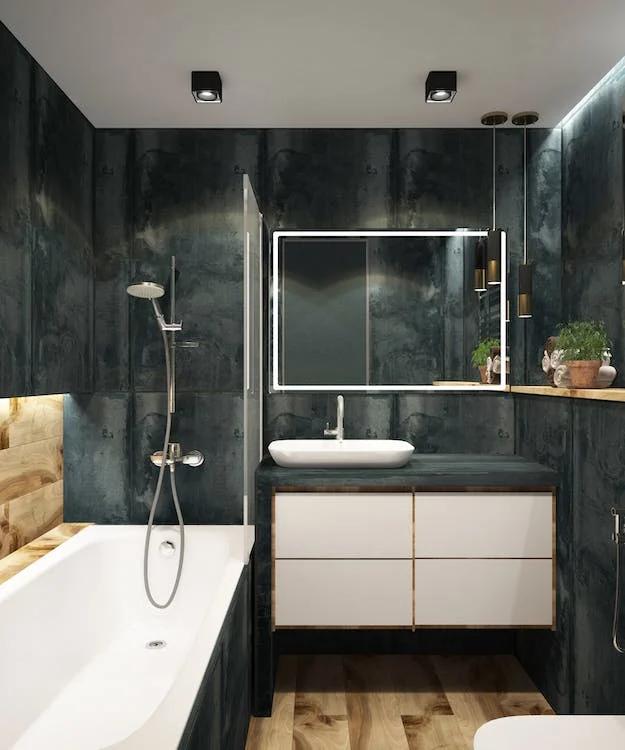Terms like “dust-proof” and “water-resistant” are frequently used on electrical products, including cameras, lighting fixtures, and packing machinery. Especially when it comes to how various people explain what they actually mean, confusion frequently occurs. The International Protection Rating (IP Rating), defined by the European Committee for Electro-Technical Standardisation (IEC), is a measure of conformance.

What does IP Rating mean?
Table of Contents
ToggleThe amount of defence provided by a gadget against liquid and solid object infiltration is indicated by its IP rating. It demonstrates the efficiency of a protective enclosure for electrical equipment in preventing foreign substances, including liquids, dust, inadvertent connections, and dampness. A device’s resistance to water and solids is measured by its Ingress Protection (IP).

The majority of packaging equipment, as well as electrical, pneumatic, and lighting enclosures, including LED lighting fixtures, are IP-rated. These encompass the interior pneumatic and electrical device components and may comprise cabinets, circuit boxes, and other enclosed structures. Because they can break down, malfunction, or hurt their operators when exposed to liquids or substances, such equipment needs to have its interior components protected.
When it comes to lighting, IP ratings are useful in determining if lights, like LED lights, are suitable for particular environmental conditions in outdoor and indoor installations. These days, many outdoor lights are waterproof. Given their benefits, the acceptance of waterproof lighting has grown significantly over time.
Understanding the IP Rating for Lighting
The letters I and P for Ingress Protection, followed by two numerals, such as 65, make up the Lighting IP Rating system. Notably, the protection offered against alien objects is improved by the higher number following the two letters IP. In some cases, a letter rather than a number will be used. A situation like that suggests the enclosure hasn’t yet been rated for those criteria.
For example, IP X5 denotes that there won’t be any negative consequences when strong water splashes are directed against the enclosure from any angle, as represented by 5. The designation IP5X, on the other hand, denotes total dust protection. Take into account the following descriptions to fully grasp this:
The first digit indicates how much defence an enclosure offers against hard objects like tools, fingers, and dust. These alien objects might be dangerous if they come into contact with the enclosure’s parts, components, or circuitry.
The level of defence an enclosure offers to interior components against various types of moisture, such as drips, sprays, and submersion, is indicated by the second number of this rating system.

Additional information about the product from the standard is frequently sent by a third digit (typically a letter at the end of the code). Think about the following instances: Limited protection against dust and low-pressure water jets coming from any angle is provided by IP55. IP55W gives protection against damp and wet weather in addition to offering protection against dust and low-pressure water jets coming from any direction. These letters are frequently used:
F – Resistant to oil.
W – The current weather.
H: High voltage apparatus.
S – During the water test, the device was still.
M – Monitoring of a device during a water test.
IP Rating: Why Is It Important?
Manufacturers who want their product to obtain an IP Rating must first have it tested by an impartial, licenced company, which then gives the item a numerical IP Rating to show how well it is shielded from the incursion of foreign bodies (solids and liquids).
Manufacturers can confidently claim that their products offer a certain level of protection when they have an IP Rating that has been certified. By assuring users of the product’s efficacy, IP Rating legitimises products. Customers may quickly identify the product that best suits their requirements. Lighting fixtures (such as LED lights) and other electrical enclosures can be compared in terms of protection levels using IP ratings. According to their IP Rating, some outdoor lights are significantly better than others.
The fact that users of IP Rated equipment are fully aware of the protection measures—or lack thereof—that the items provide enables them to work more safely, reducing the possibility of accidents or damage to the equipment.
IP Ratings were created primarily for safety reasons. But another reason we require the IP Rating system is to create market standards.
IP54, IP64, IP65, and IP67: What Do They Mean?
It’s important to note that the first digit, which represents the electrical enclosure’s sealing level, ranges from 0 (signifying no protection against contact and the intrusion of solids) to 6 (signifying total protection against contact). X is frequently used to denote the absence of data necessary to determine a protection rating based on the previously described criterion.
The second digit, which represents the degree of protection an electrical enclosure offers against liquids, ranges from 0, which denotes no protection against water infiltration, to 8, which indicates that the equipment is appropriate for continuous submersion in water under the required circumstances.
Additional ratings on this scale, 6K and 9K, indicate protection from close-range, high-pressure, and high-temperature spraydowns and from high-pressure water splashes (from 6.3mm nozzles) in either direction, respectively. Similar to this, X is used to denote the absence of information needed to confirm a protection rating based on the chosen criterion.
In light of this knowledge, the following ratings for lighting fixtures can be taken into account:
Why is IP54 used? -This rating signifies that an electrical enclosure is shielded from light dust infiltration and light water spray from any angle. For interior uses like lamp post lighting, IP54 lamps are frequently employed. Rain should not get in contact with them.
IP64: What is it? – It denotes defence against comprehensive dust infiltration as well as water spray from any angle. Therefore, IP64 lights are suited for locations where you don’t anticipate more than a little water splash.
What is IP65? IP65 stands for comprehensive protection from the ingress of dust and low-pressure water jets from all directions. For bathroom illumination, IP65 LED bulbs are best.
What does IP67 mean? This certification denotes complete protection against dust infiltration as well as protection against immersion between 15 cm and 1 m deep. Given that they are not waterproof, IP67 LED lights should never be submerged in water for a lengthy period of time.
Which IP Rating Do You Require?
One of the most important factors to take into account when choosing lighting, especially outside lights, is the IP Rating. Before making a decision, it would be helpful to compare the high and low ratings.
Low-rated lights are best for installations inside. For instance, lights with an IP Rating of IP44 or lower are appropriate for places with little exposure to dust, such as offices and living rooms. You can also use equipment with an IP rating of 44 to 65 indoors. When they are waterproof and not in direct contact with water or dust, they should only be used outdoors.

High IP Rated lighting equipment is intended for outdoor installation. They are appropriate for wet or often splattered areas. These areas include areas that are very populated. Only outdoor lights are typically thought to have high IP ratings. It is important to remember that some indoor environments, particularly those in factories and industries, are characterised by significant volumes of dust and sporadic splatters and necessitate a high IP rating.
Similar to this, if you’re looking for a lighting fixture for your bathroom or swimming pool, choosing lamps with a high IP protection rating is acceptable.
In conclusion, understanding the significance of IP54, IP64, IP65, and IP67 waterproof ratings is crucial when choosing electronic devices for various environments. Protecting your investments from water and dust damage ensures optimal performance and longevity. For more expert guidance on lighting solutions and IP-rated products, visit our website at illustrious.co.in. Feel free to reach out to us at sanjeev@illuled.com or sanjeevraw@gmail.com for personalized recommendations. Embrace the power of waterproof technology and safeguard your devices today!
